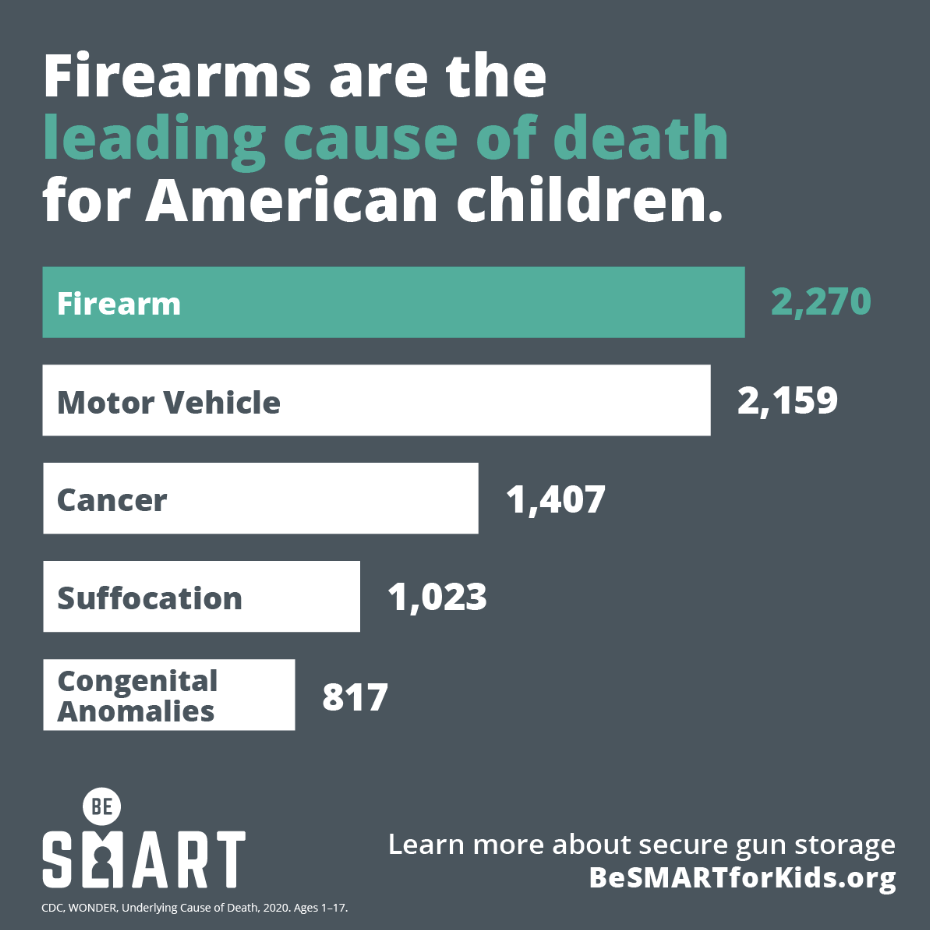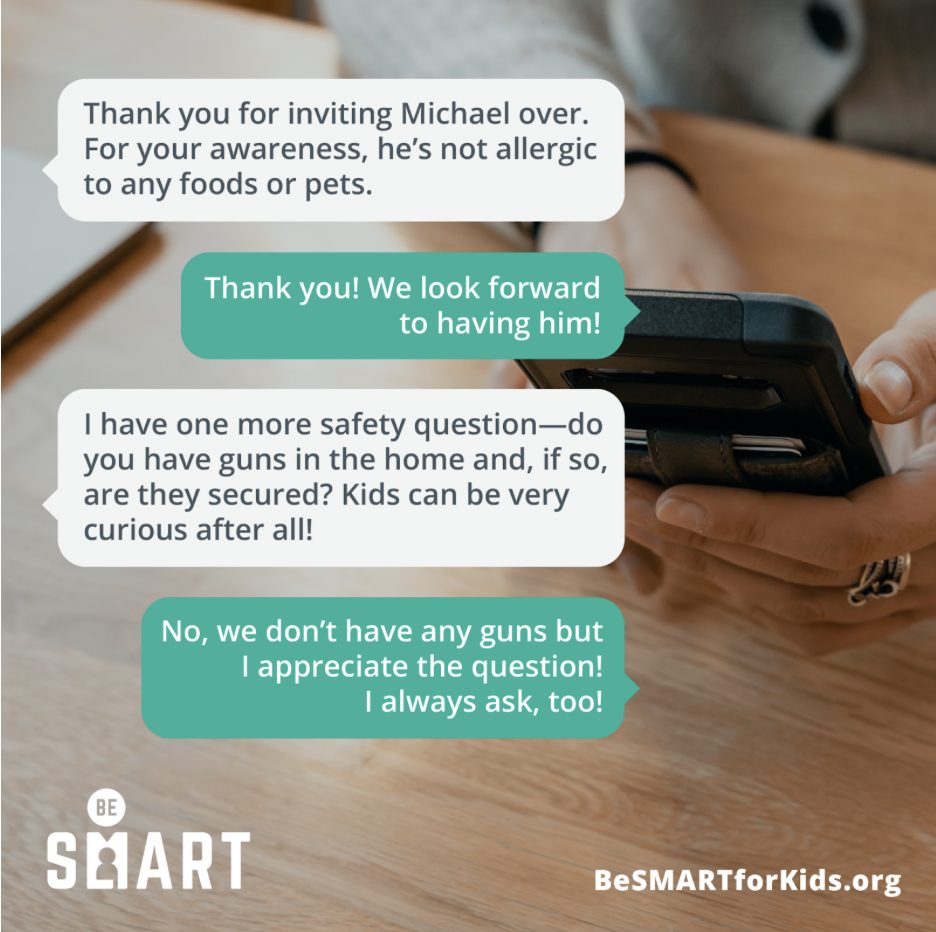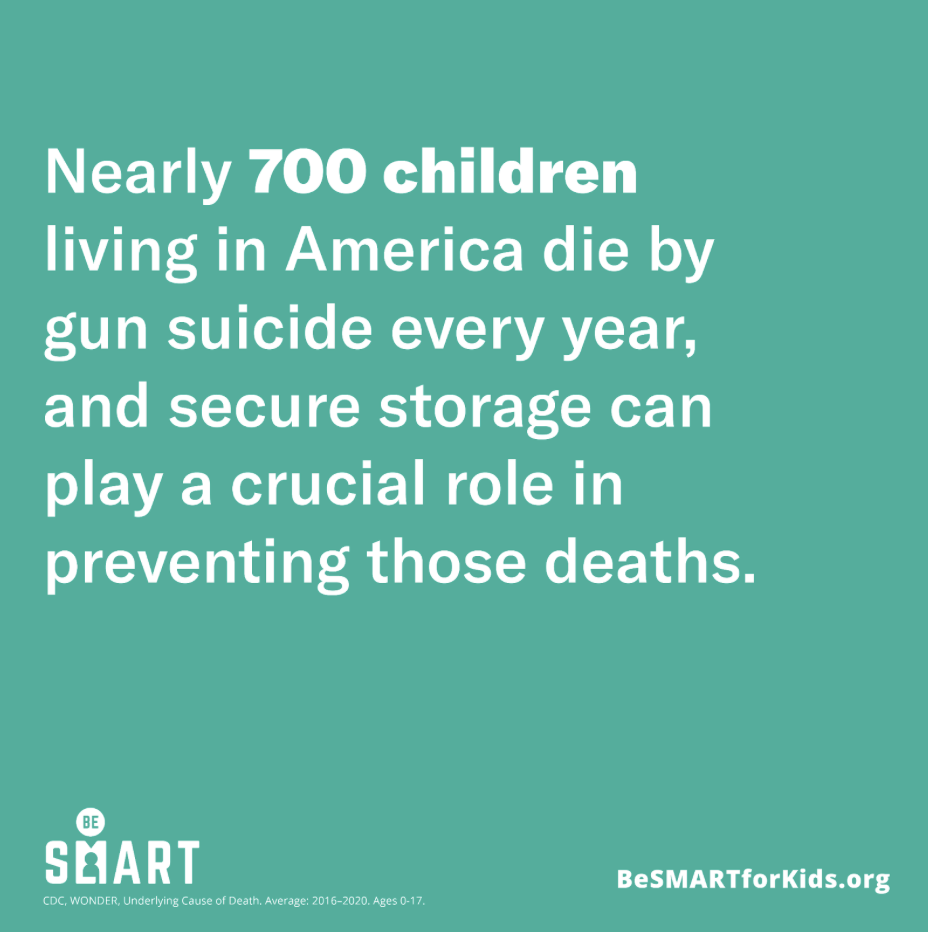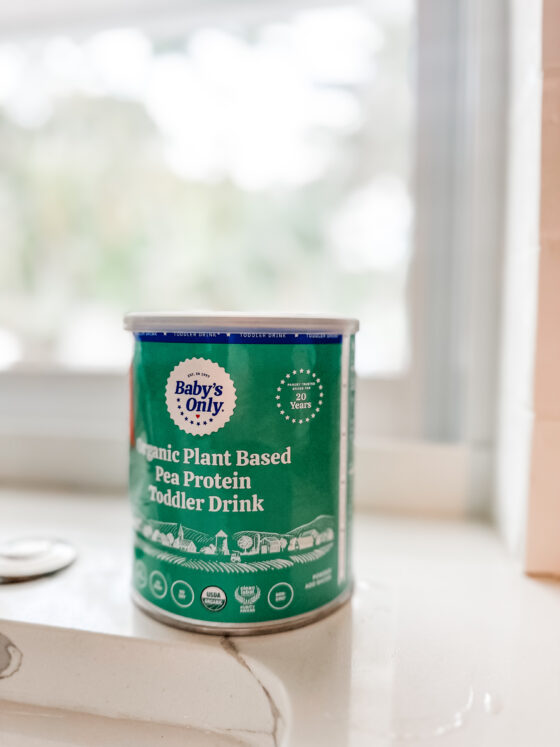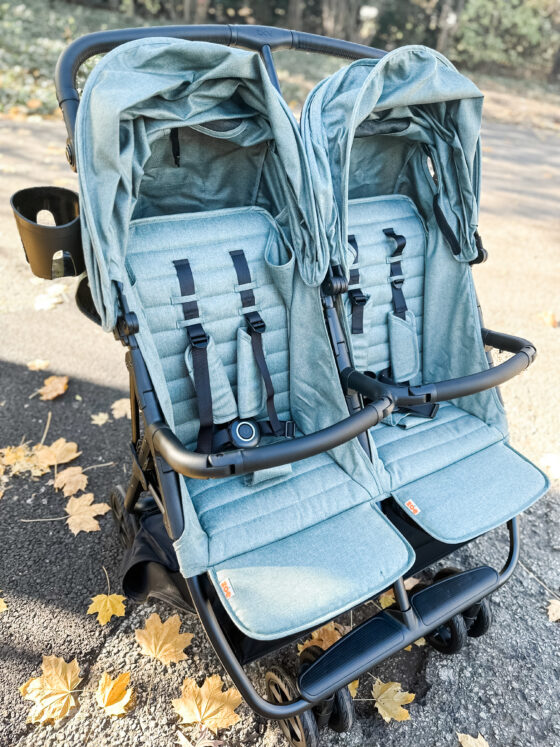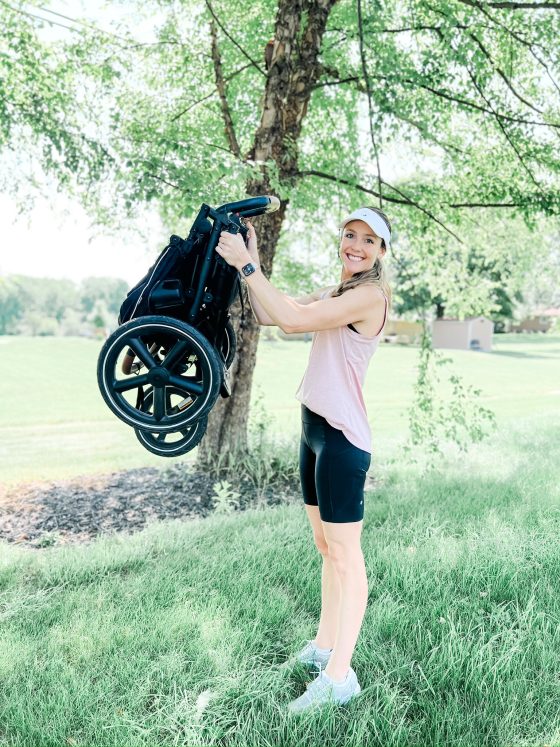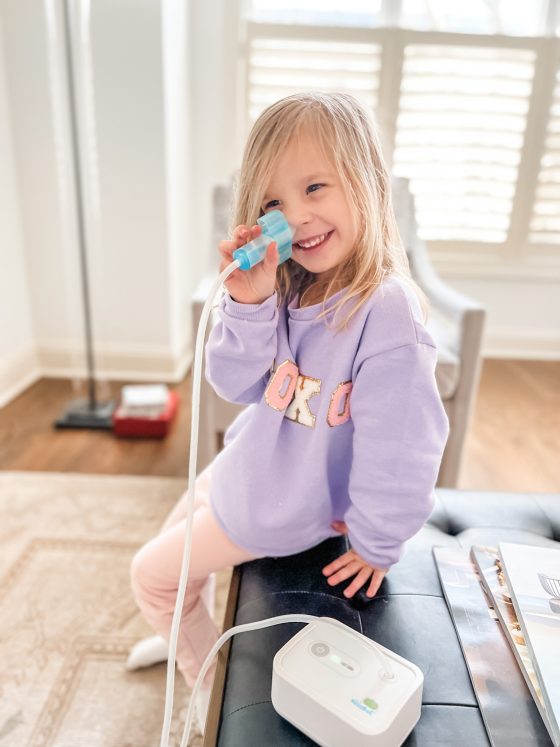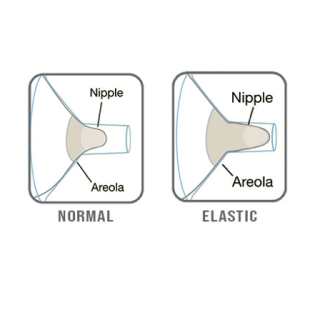5 tips for safe firearm and gun storage
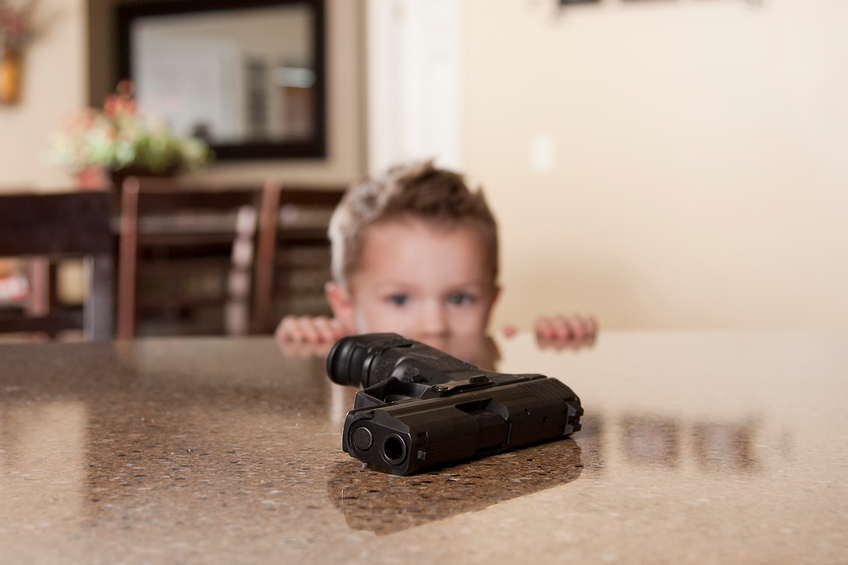
Proper firearm and gun storage can prevent fatal accidents. Read on to learn about safe firearm and gun storage in your home.
My name is April Oboikowitch. I am an attorney, a wife, and a mother. I also volunteer for an organization that is focused on saving children’s lives: Be SMART for Kids.
In my last blog post, I discussed the importance of safe gun storage. As a reminder, the Be SMART program was designed to educate parents and all adults about the importance of safe gun storage. Today, firearms are the leading cause of death for children under the age of 18.
So what can we do as a community? First, as I mentioned in my last post, the safest way to store a gun is: locked, unloaded, and separate from the ammunition. If quick access to a loaded gun is essential in your household, there are countless affordable biometric safes on the market today that will give you quick access while still preventing children from accessing your guns. Here are some examples:
Now that we know how to properly store a gun, let’s talk about how to ask other people about their gun storage methods. In a country where more than one third of all households report having at least one gun, it is essential to ask about guns in any home that you and your family go to. 1
I always ask:
“Do you have any guns in the home, and if so, how are they stored?”
The reason why I don’t just say: “Do you have any guns in the home?”, is because that question implies that I might not go to someone’s home if they have guns, which is simply not true. My children and I go to many responsible gun owners’ homes. How someone stores a gun is key.
I also like to make the question part of my general safety questions. I ask about food allergies, car seats, and the presence of pets. Check out this example:
Natalie did a great example of this in her IG reel here. Check it out for an example!
Additionally, when I have someone over to my house for the first time, whether it’s a whole family, one of my children’s friends, or a babysitter, I offer the information about my own situation. I say something along the lines of: “Looking forward to seeing you this weekend. Just so you know, we don’t have any pets or firearms. Please let me know if you have any other safety questions.”
That usually prompts the other person to share his/her safety issues as well, thus sparking a general safety discussion.
Asking about gun storage should be as natural as asking about car seats. If someone came to pick up my 3-year-old daughter and did not have a car seat in the car, I would not even consider allowing that person to drive my daughter somewhere. As seen in the graph above, car crashes are the second leading cause of death for children in the U.S., and we have no problem discussing car seats. But because guns have been so politicized in this country, we have been trained to think that talking about guns is taboo. But when guns are the leading cause of death of our children, we simply cannot ignore the issue any longer. We owe it to our children.
And I encourage you to ask about unsecured guns at family gatherings, not just drop-off playdates. If you are like me and my family, when we go to other peoples’ homes, the adults tend to congregate in the kitchen or living room while the kids run around the house. Most unintentional child gun deaths happen when an adult is present in the house. So make sure to ask about guns when you go to your extended family’s homes over the holidays, a get-together at your neighbor’s house, and really anytime your children will be in someone else’s home.
It is also important for you to continue to ask about gun storage as your children approach their teen years. With the suicide rate among teens rising, access to a loaded, unsecured gun can be a matter of life and death. One study showed that over 80 percent of children under the age of 18 who died by gun suicide used a gun belonging to a parent or relative.3 And 41 percent of child suicides involve a gun.4 With many teens reporting easy access to guns, it is imperative that gun owners are responsibly storing their guns, and that we are continuing to ask others about their storage methods as our kids get older.
Finally, I know that we can’t control every situation that our children are in, so while I strongly believe talking to other adults will keep our children the safest, I do encourage you to also talk to your children about guns. So what should that look like? I always say:
“If you see a gun, real or pretend, ask an adult before you touch it.”
The reason why I say “real or pretend,” is because a lot of real guns today can look pretend and a lot of pretend guns can look real. So it is good to get into the habit of asking an adult before playing with any sort of toy guns.
Tips for Talking to Young Children:
- Make it part of the normal safety conversation you have with your children.
- Keep the language simple; for example: “If you see a gun, don’t touch it. Tell an adult right away.”
- Tell children not to touch a gun, even if it looks like a toy.
- Assure children they will not get in trouble if they tell an adult they’ve seen a gun.
- Repeat it on a regular basis.
Tips for Talking to Adolescents:
- Include it in your general safety conversations about topics like drugs, alcohol, and drunk driving.
- Tell them to immediately leave any situation where an unsecured gun is present.
- Tell them not to listen to a friend who says a gun is unloaded or otherwise safe.
- Give your teen strategies to get out of a situation where a gun is present—or brainstorm them together. For example, you could agree that your teen would say: “Mom just texted me that I have to get home right now.”
- Assure them that it’s OK to ask people about the presence of unsecured guns in other homes they may be visiting, but offer to do it for them if they don’t feel comfortable.
Tips for All Ages:
- Don’t have the conversation only once. Talk to them frequently, just as you would about other crucial safety issues.
- Make sure they understand that any situation where there’s an unsupervised gun is a dangerous situation.
But remember, talking to your kids about guns is only a precaution, not a guarantee. One study found that young children who go through a week-long gun safety training are just as likely as children with no training to approach or play with a handgun when they find one.4
So I encourage you to talk to your children about guns, but more importantly, I encourage you to talk to all of the adults in your children’s’ lives about how they store their firearms. Having these conversations will be the key to keeping your children safe and saving lives. For more information, please visit besmartforkids.org.
Other helpful blog posts:
- Safe gun storage
- Practical allergy safety tips for holiday meals
- 10 car seat safe coats & covers
- Why bright colored swimwear is important for your child’s safety
- Water safety tips and our favorite life jackets for your kids
- 5 common chocking foods and how to safely feed them to your baby
1 Aaron Karp, “Estimating Global Civilian-Held Firearms Numbers,” (Small Arms Survey, June 2018), ; General Social Survey, 2018, Data Explorer, .
2 Renee M. Johnson et al., “Who Are the Owners of Firearms Used in Adolescent Suicides?” Suicide and Life-Threatening Behavior 40, no. 6, (2010): 609–11.
3 Centers for Disease Control and Prevention. National Center for Health Statistics. WONDER Online Database, Underlying Cause of Death. A yearly average was developed using five years of most recent available data: 2016 to 2020. Analysis includes children aged 0 to 17.
4 Marjorie S. Hardy, “Teaching Firearm Safety to Children: Failure of a Program,” Journal of Developmental and Behavioral Pediatrics 23, no. 2 (2002): 71–76.


